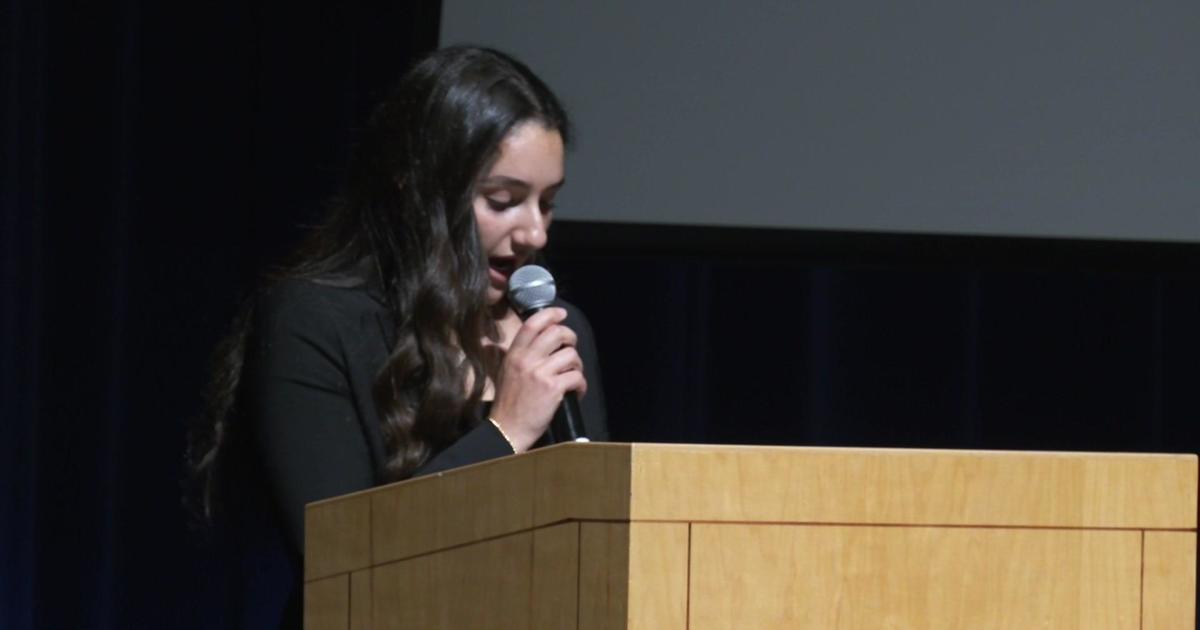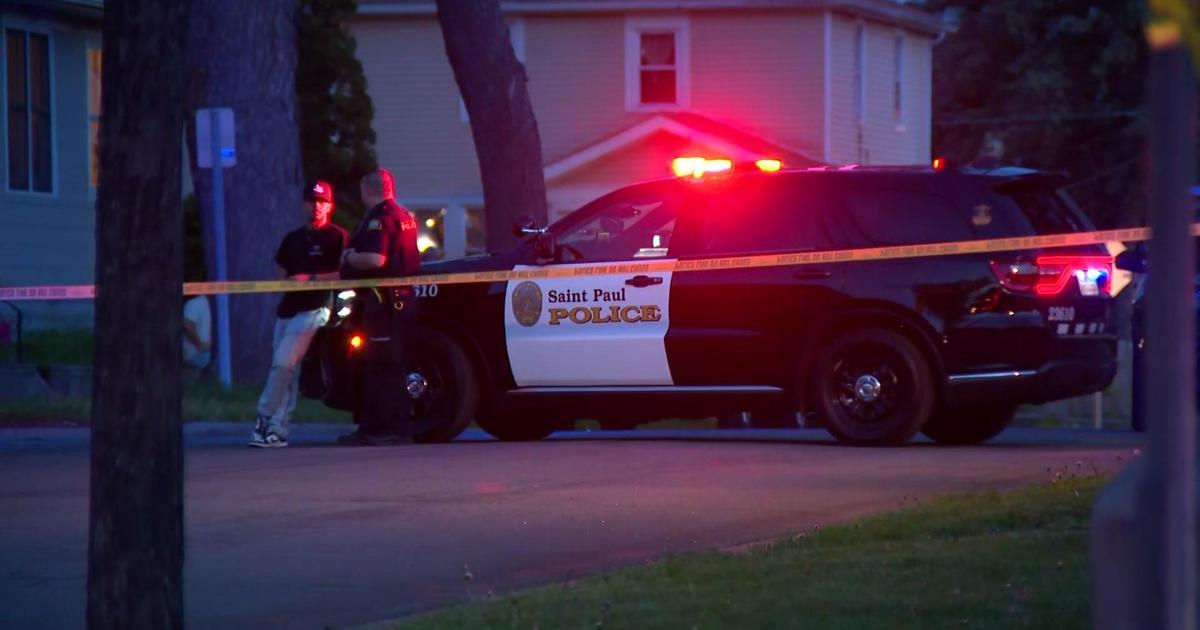Good Question: How Do Glasses & Contacts Work?
MINNEAPOLIS (WCCO) -- Three-quarters of Americans wear some sort of corrective lenses. They put on glasses or put in contacts each morning, but usually have no idea how the lenses help them see.
That had Amy from St. Paul wondering: How do glasses and contacts work?
To understand how glasses correct a person's vision, it's important to understand how the eye works.
"You really see with your brain," Dr. Keith Carlson, an ophthalmologist with Allina Health, said. "It's the brain that interprets everything, all the eye is doing is acting like a camera."
At the back of the eye is the retina, which is a layer of cells that react to the light. That reaction sends a signal to the brain, where the image is synthesized and interpreted.
In people with perfect vision, the rays of light focus right on the retina. For people who wear glasses, the light focuses in front of or behind the retina. The eyeballs of people who are nearsighted are a slightly longer, so they focus in front of the retina. People who are farsighted have shorter eyes, so they focus behind the retina.
"The shape of the eye is just not perfect," Dr. Carlson said. "It's either a little too long, a little short, or the maybe the front surface is a little too oval."
Glasses work by bending the light that comes into the eye. It moves the image to the retina so those light rays can focus right on the retinal surface.
Contacts work the same way as glasses except they're put right on the surface of the eye.



